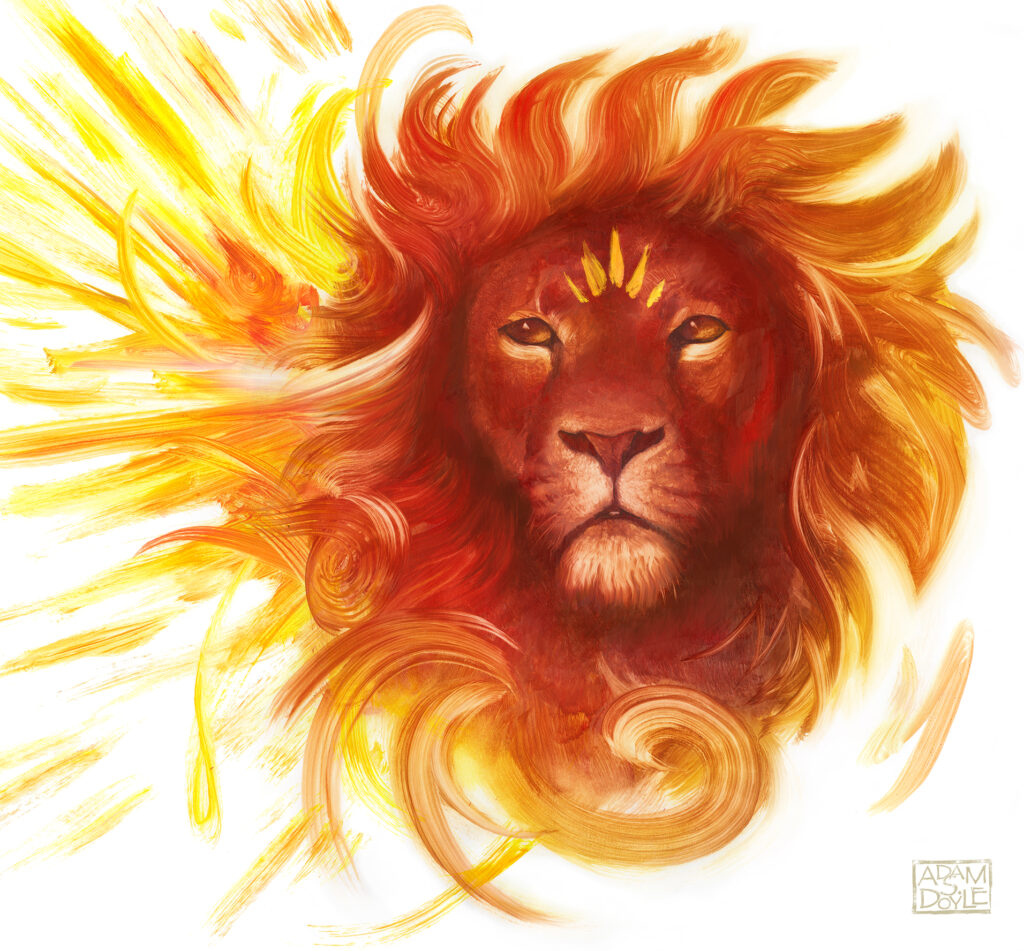Elders of the New Earth Symposium
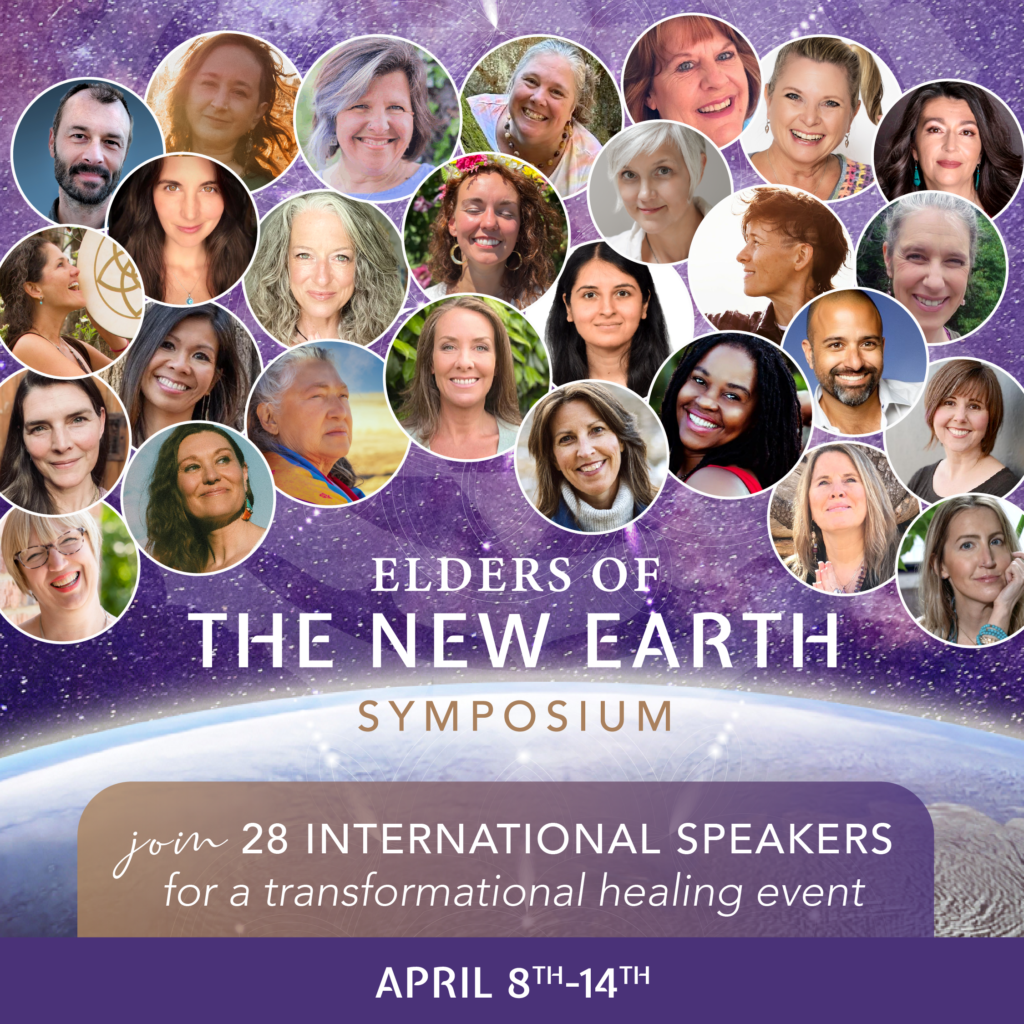
New Netrunner card illustration
Seraph
Part of the Rebellion Without Rehearsal cycle, from Null Signal Games
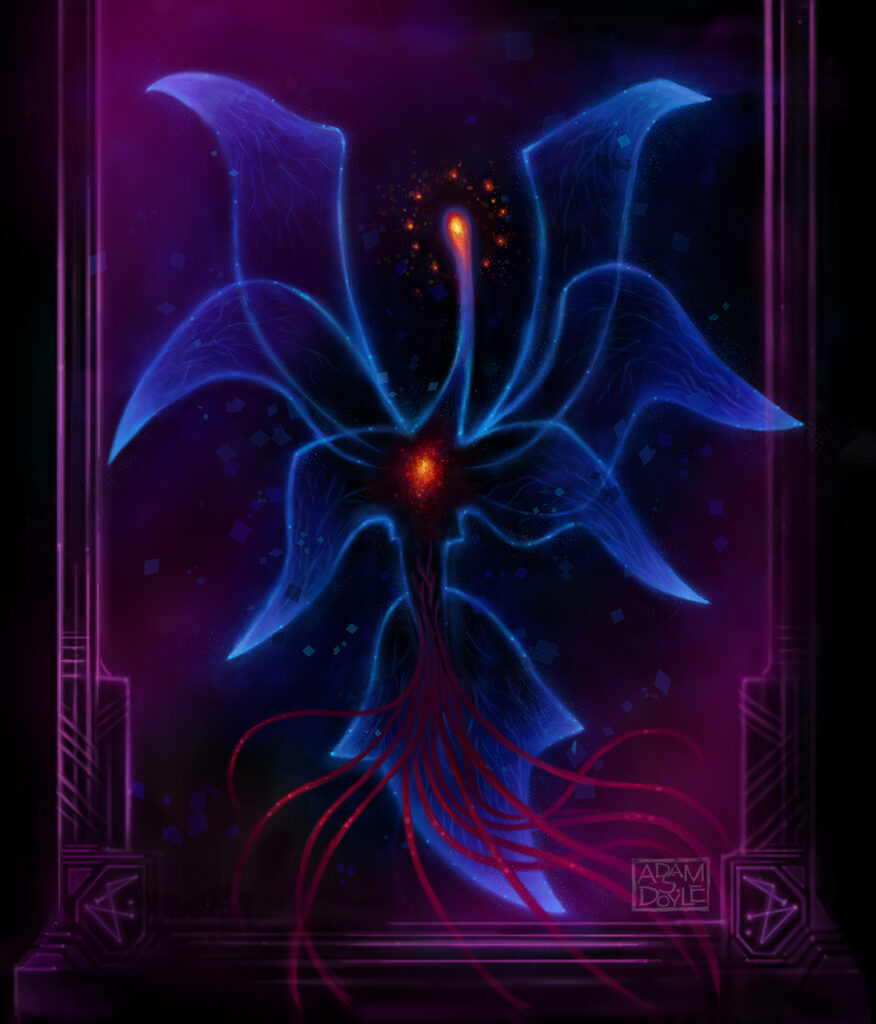
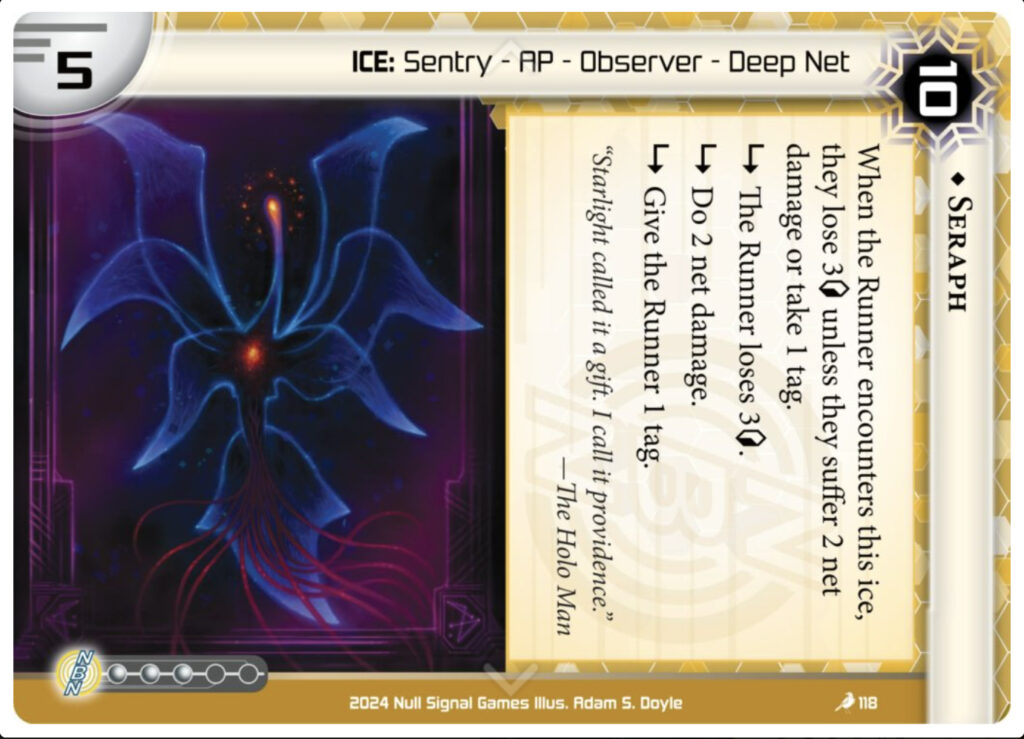
New Netrunner card illustration
Lobisomem
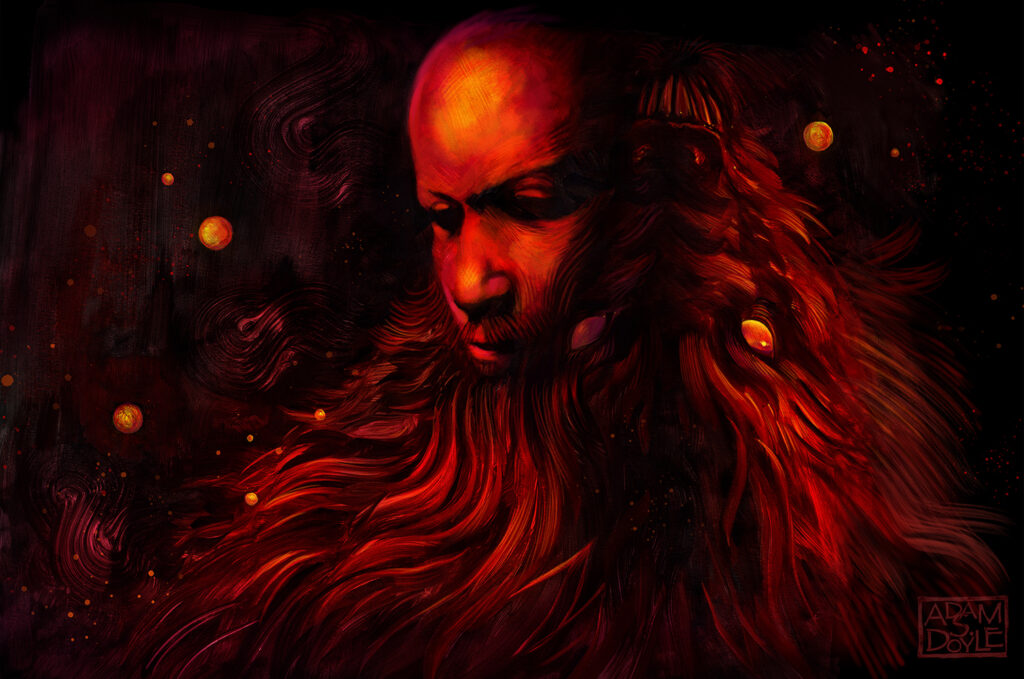
Part of the Rebellion Without Rehearsal cycle, from Null Signal Games ?
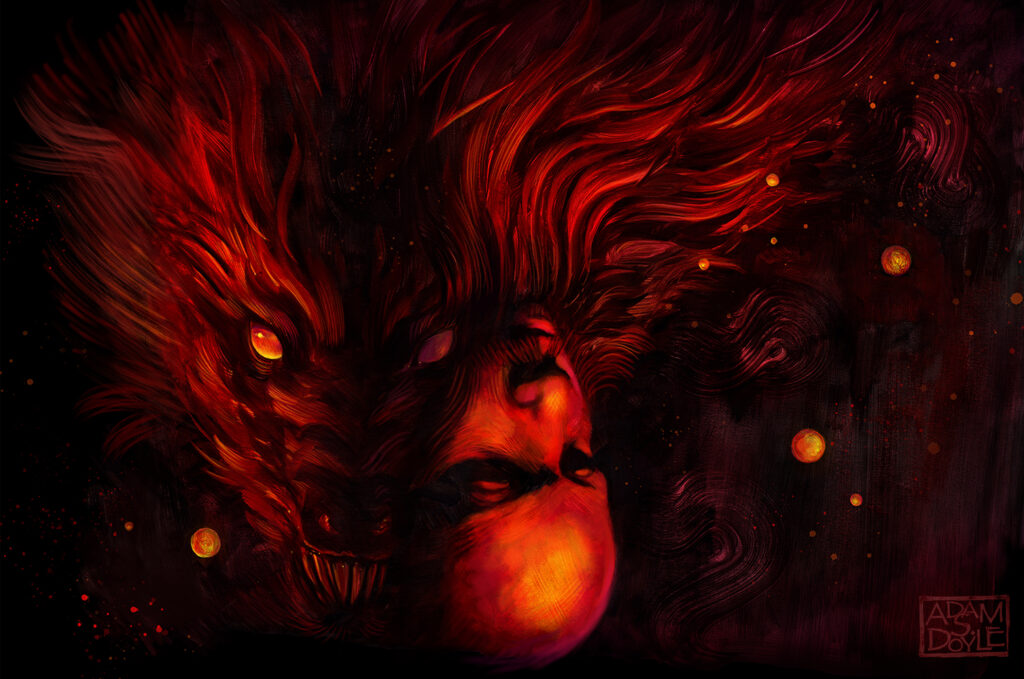
This image depicts a program that breaks one type of Intrusion Countermeasures Electronics that protects the corporation, but when charged up enough, can transform and break another type. Lobisomem is a deceptive trickster based on the South American werewolf.
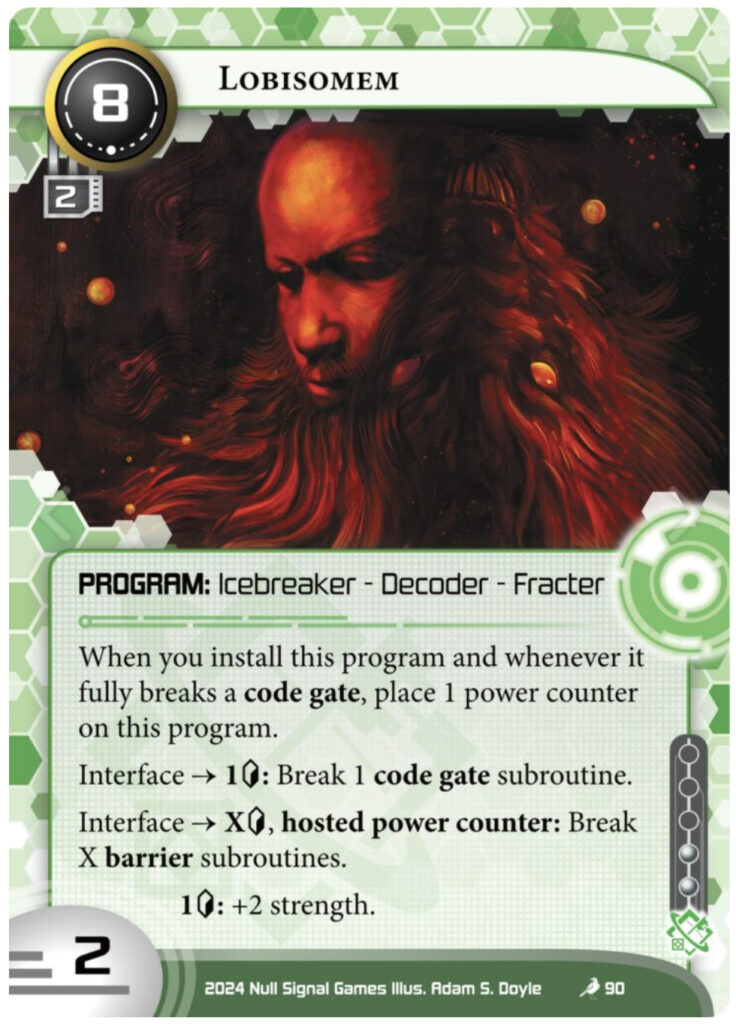
New Netrunner card illustration
Malandragem
Part of the Rebellion Without Rehearsal cycle, from Null Signal Games
This is a program that allows players to bypass the weaker corporate defenses. Abstractly inspired by a lifestyle of petty crime and fast living embodied by hustlers and “bad boys”. One such malandros is Zé Pilintra, a figure amongst Umbanda (a Brazilian religious sect.) Pilintra is known as a patron to those who feel marginalized by society, rogues, and bohemias. He is usually shown wearing a white suit and hat.
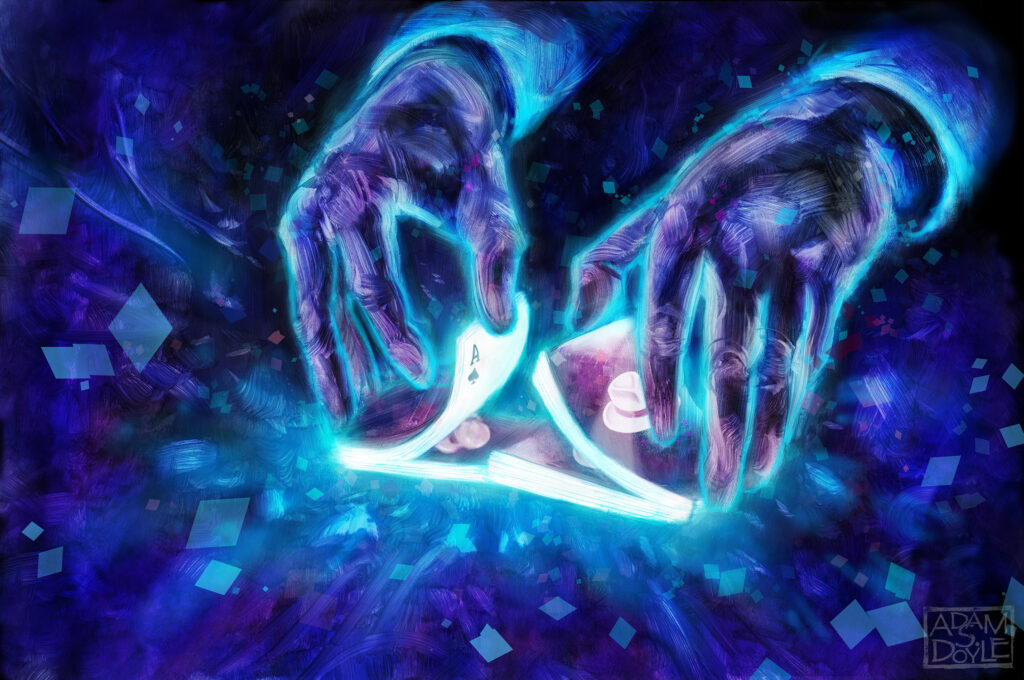
Teaser for my presentation at the Elders of the New Earth symposium coming in a few weeks.
Since my students just completed the Gesture Drawing assignment and we’ll soon get into conceptual development, I’d like to share a peek into one of my sketchbooks. Sketching is how I process my experience of life, develop ideas, and take my pencil out for a walk. I’ve accumulated quite a few sketchbooks over the years, as I’ve kept at least one on hand since the mid nineties.
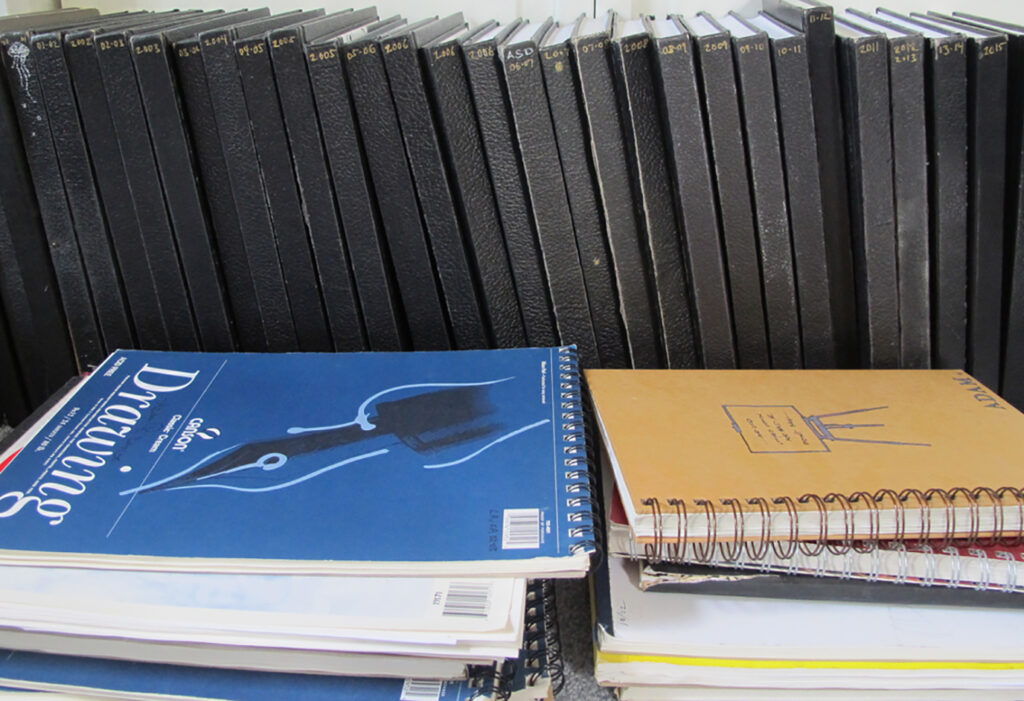
New painting
Lyran Energy
Oil w/ digital touch ups
One of those times when an image came to mind and I just let the paint breathe the lion to life. May find a fitting use or home somewhere when the time is right ?
